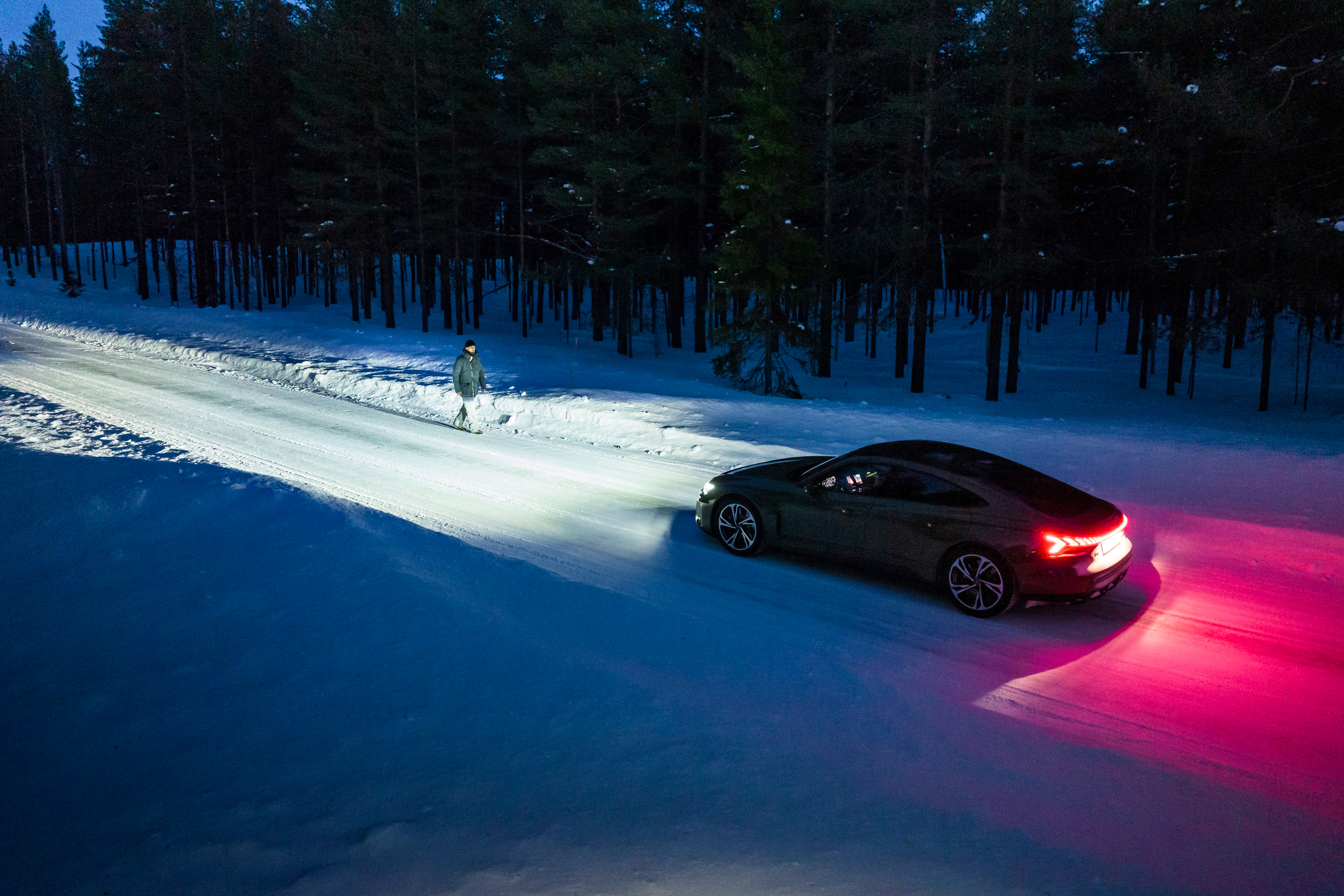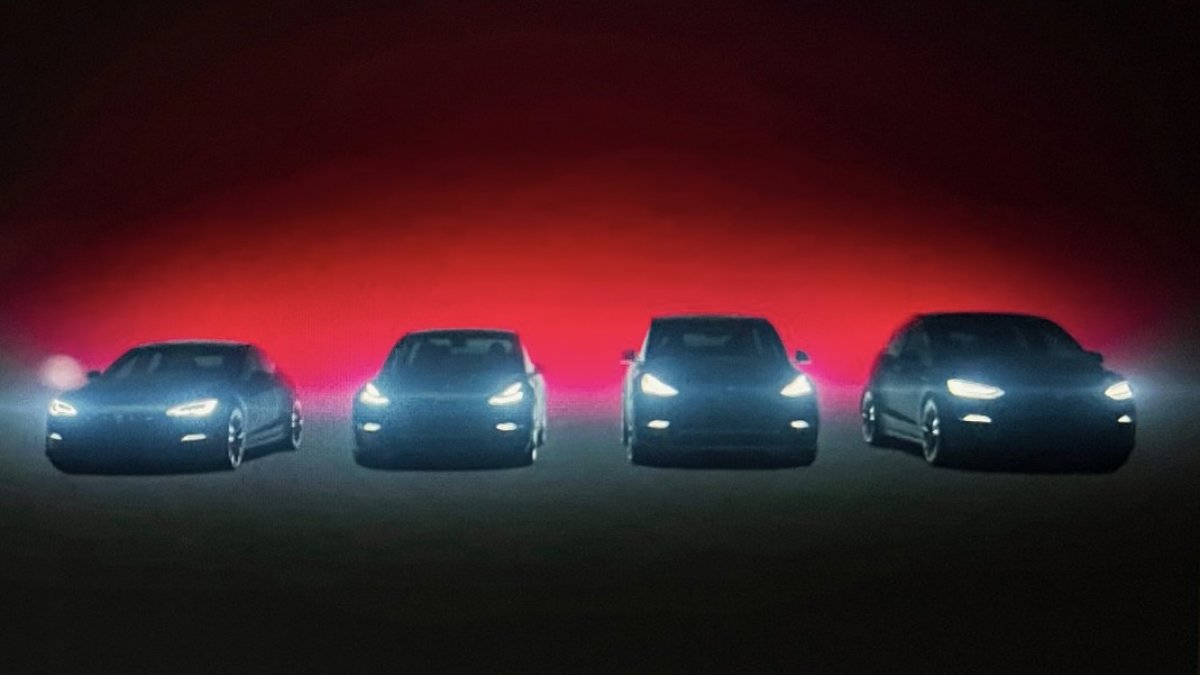There are a few articles on the internet that exposed the issue. In short:
ROW (outside of US/Canada) follows SAE J3069 as their standard for Matrix LED lights.
NHTSA doesn't believe that is enough for the US market and is working on their own spec, following J3069, but with what they called added safety. They have a 327-page document that outlines the US spec...
The big problem is that manufactures built many of the Matrix LED lights using J3069, but they have yet to spend the money to build something that meets the new NHTSA spec (that we know of today).
This is the most recent articles that goes into some of the details, but I have yet to find a link to their 327 page NHTSA report and what the US specs are. I would suspect that it's not final yet otherwise we would have been some sort of comment from the manufactures.
However that being said, many (non Tesla cars) are being hacked to turn on the Euro standard for LED Matrix lights. You know when you see it in SoCal and NoCal becuase it's obvious when driving on a dark road, plus watch the status sequence (during light calibration) of cars that are parked facing a wall. It's pretty cool!
Difficulties in certification and testing is leaving safer, smarter lights on the shelf

www.newsweek.com

www.newsweek.com




